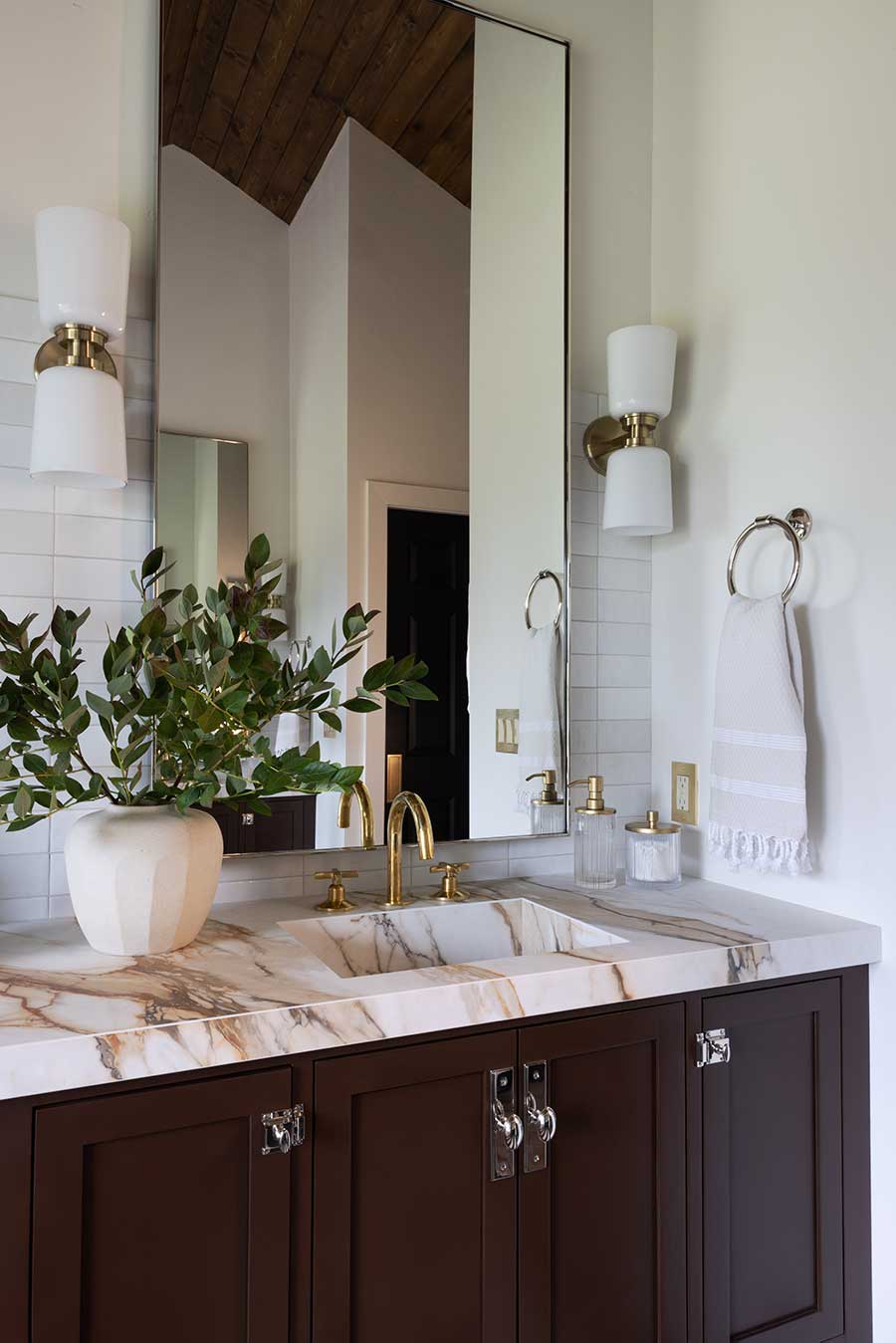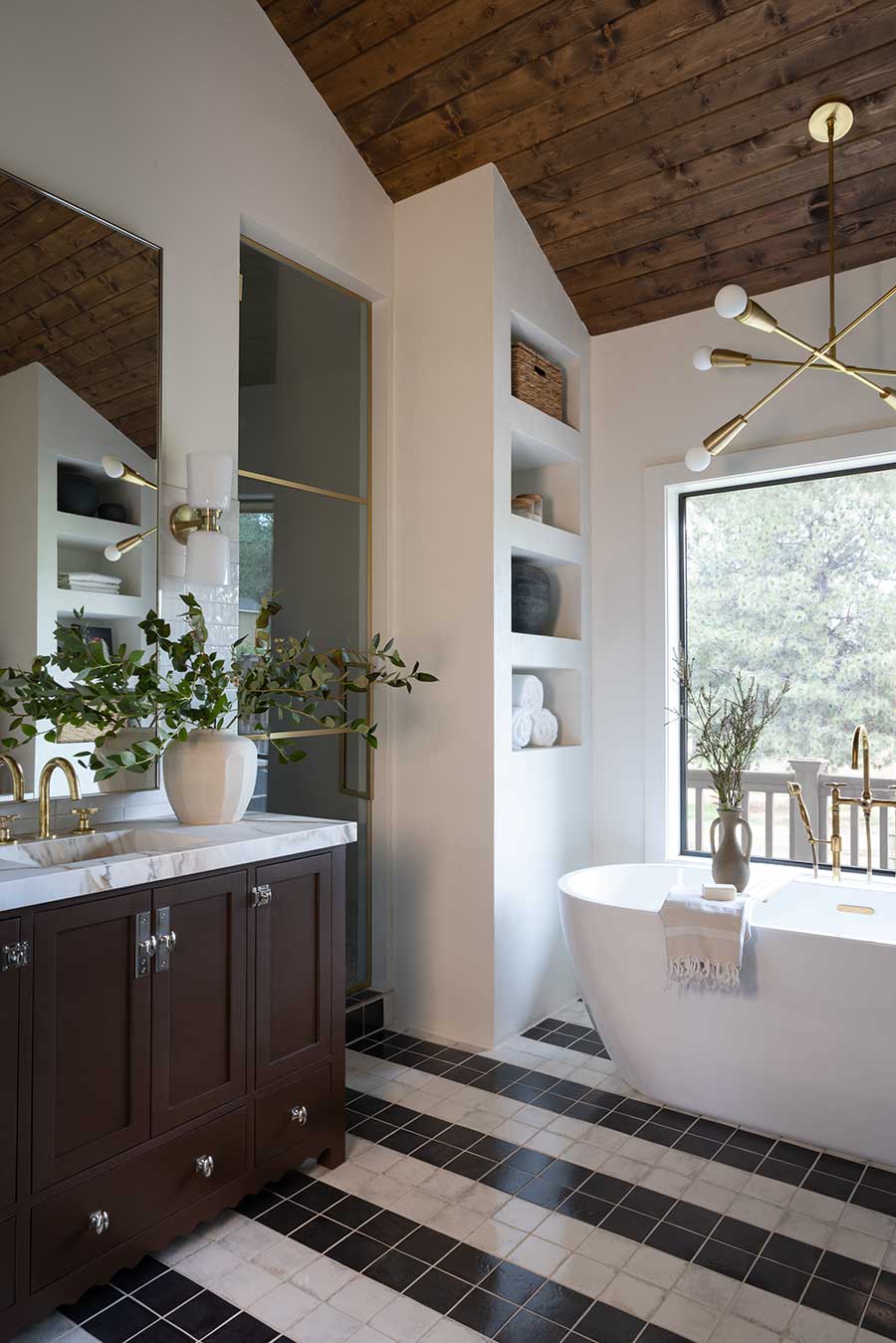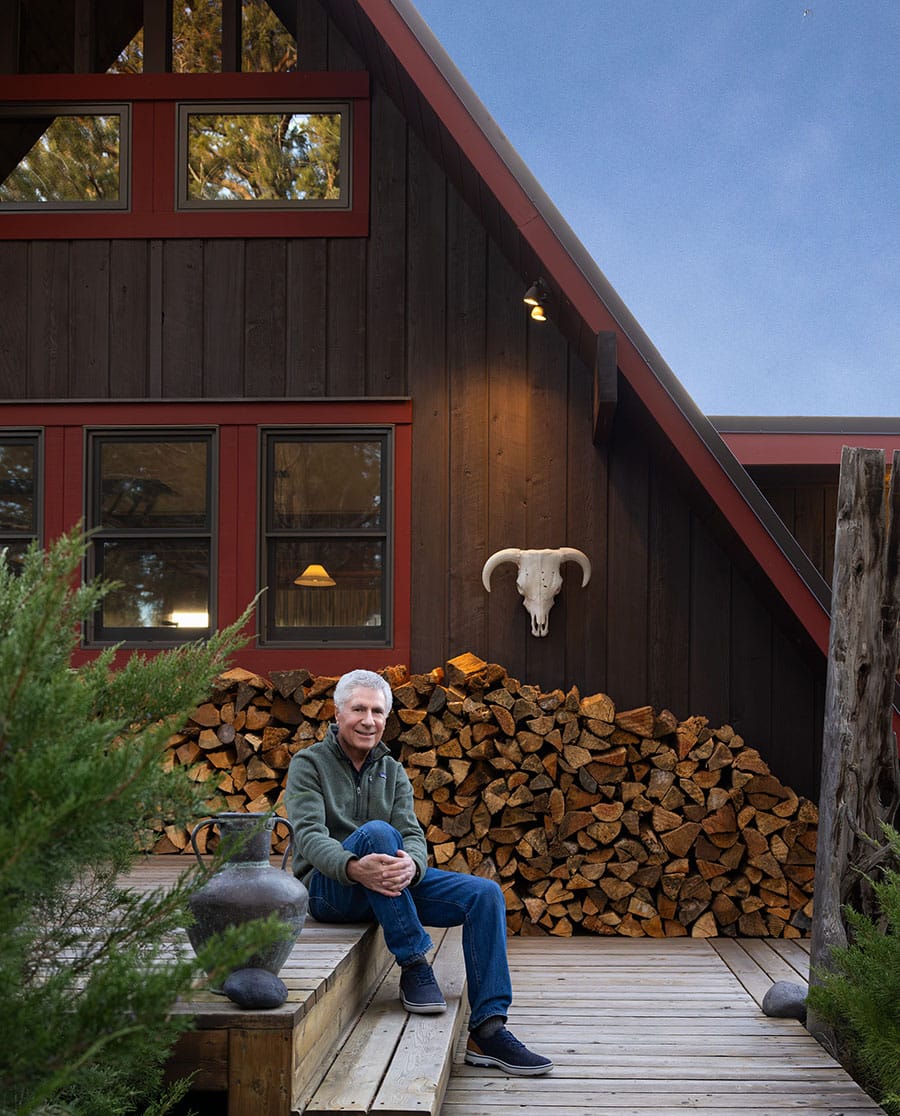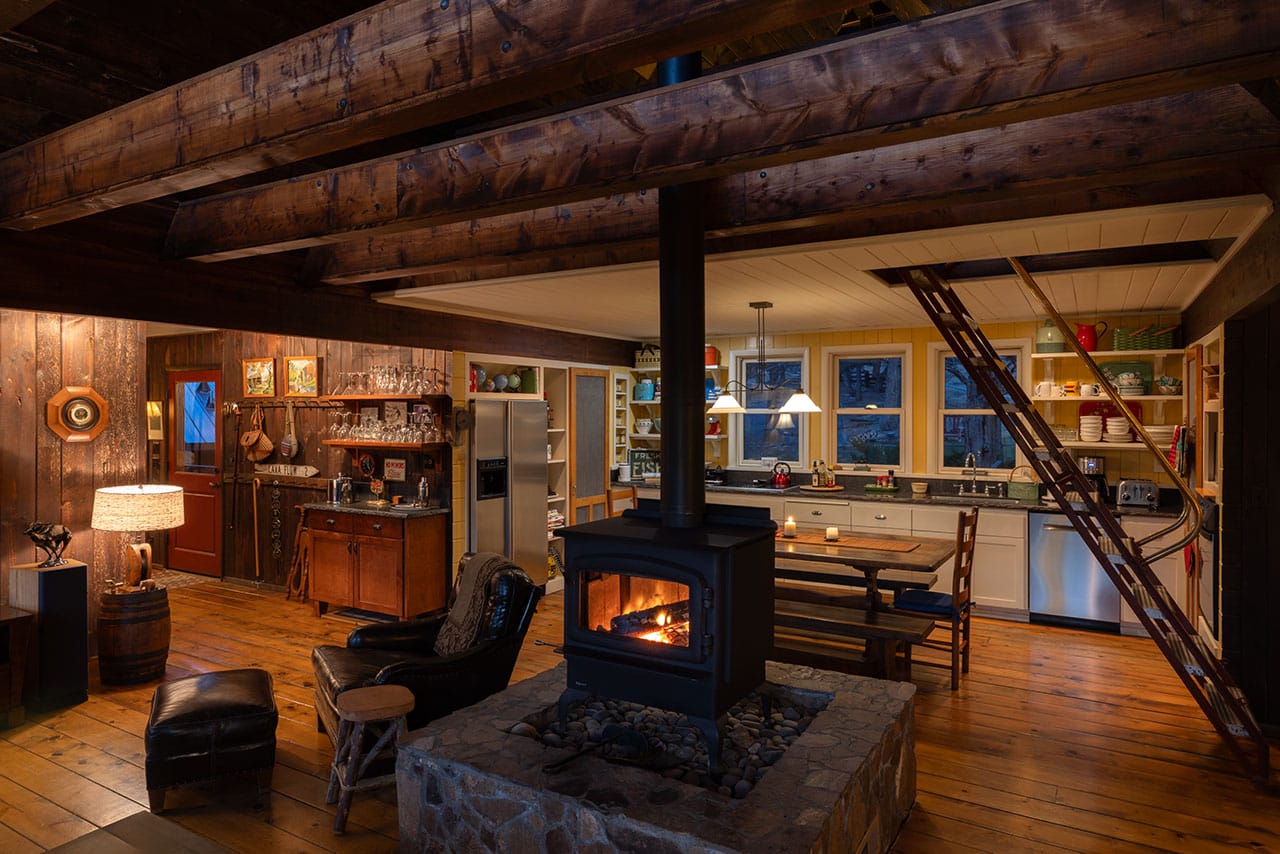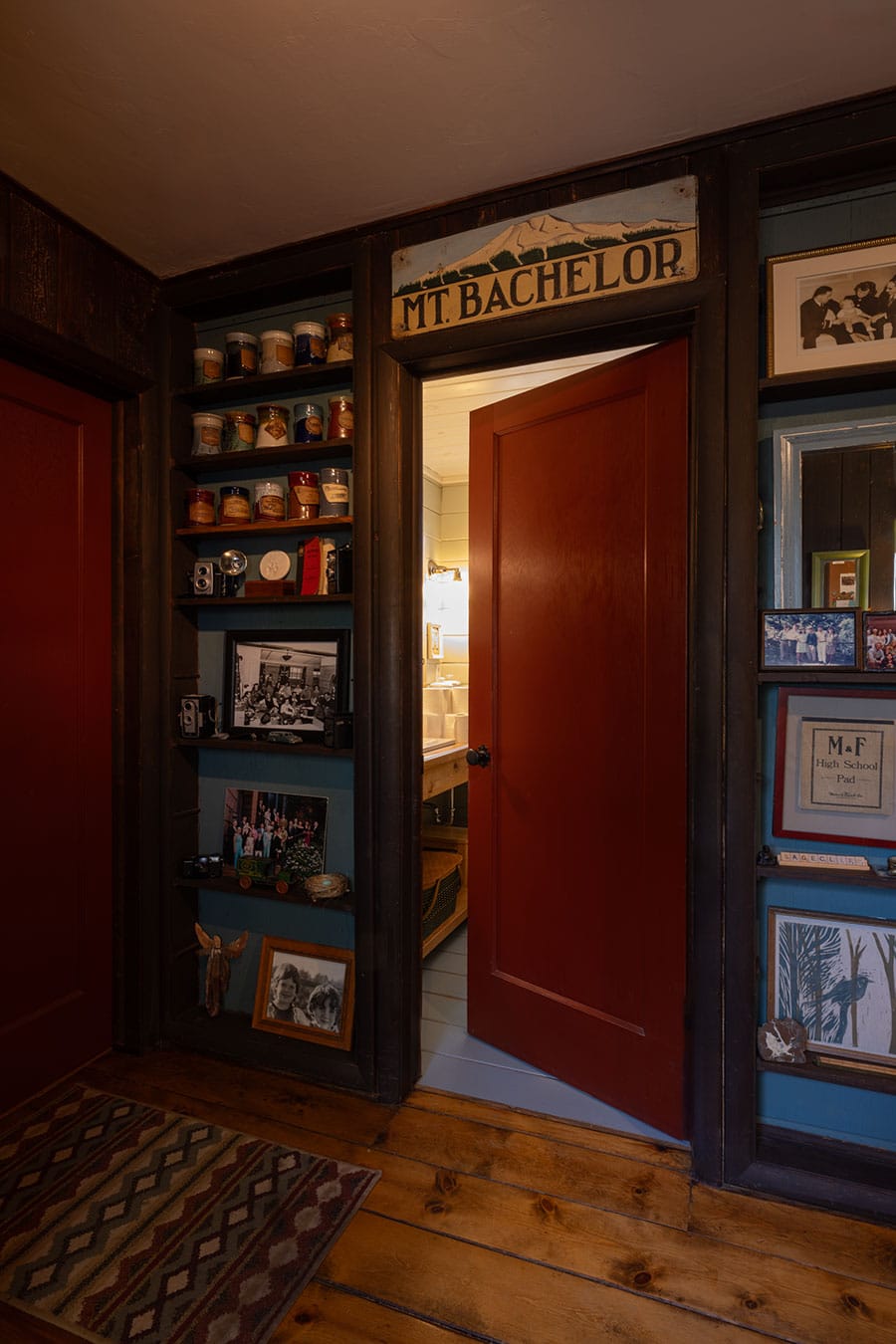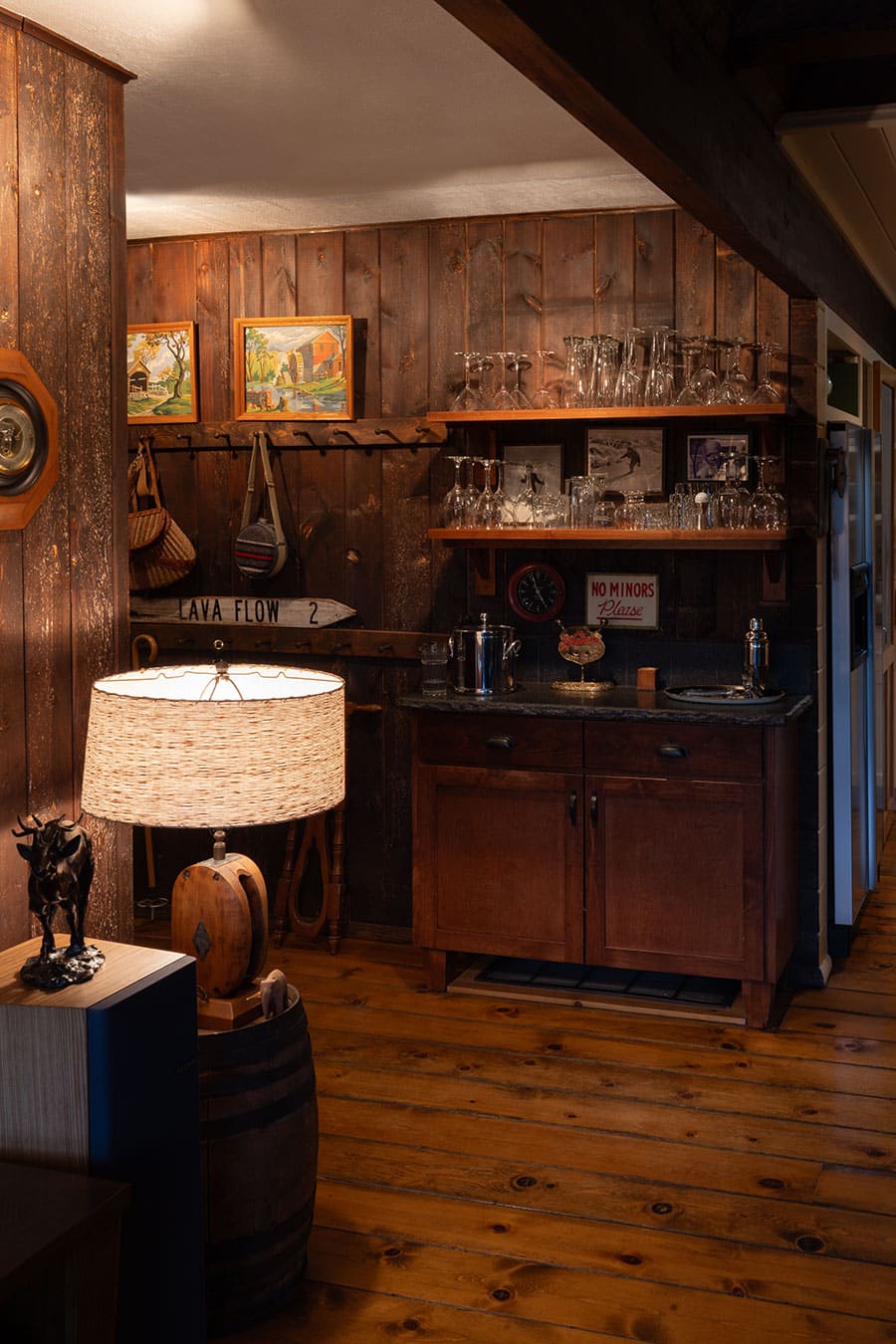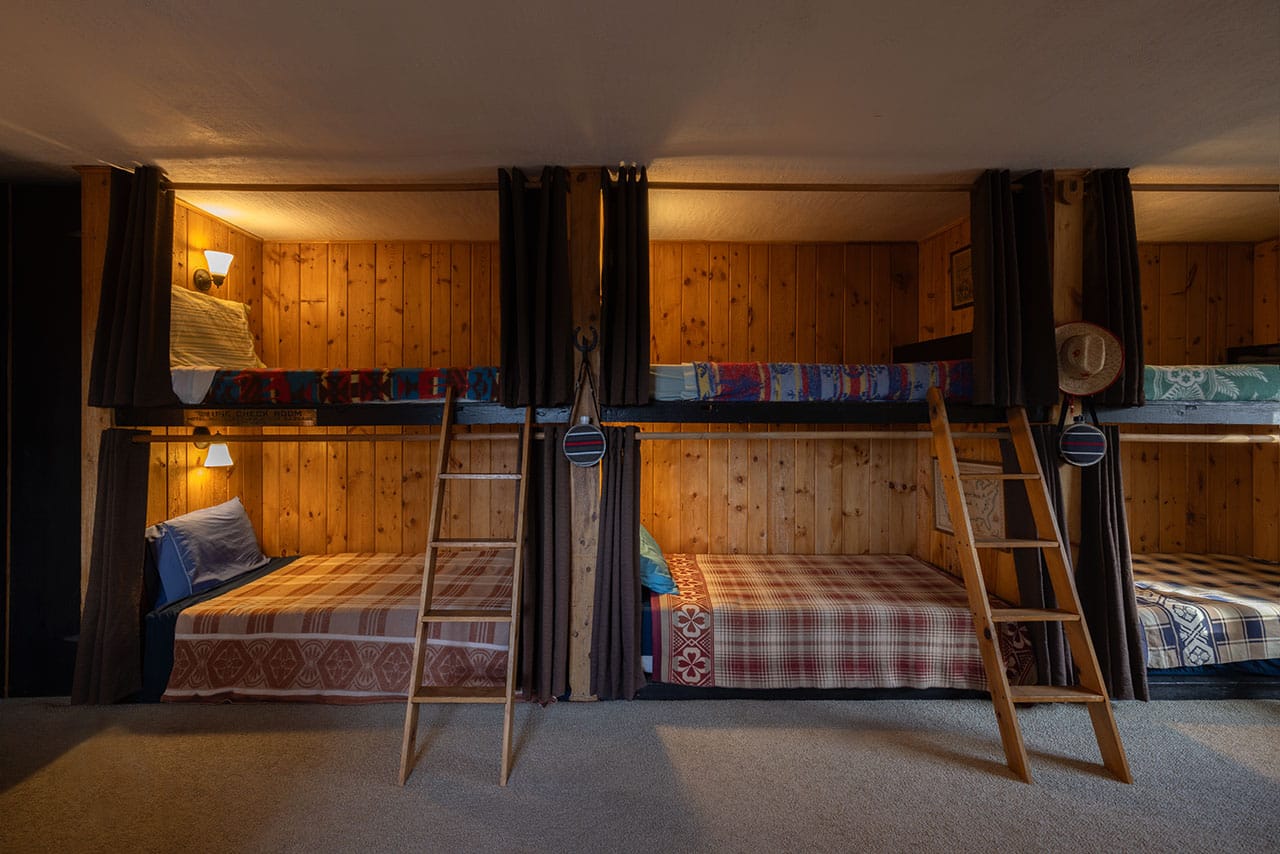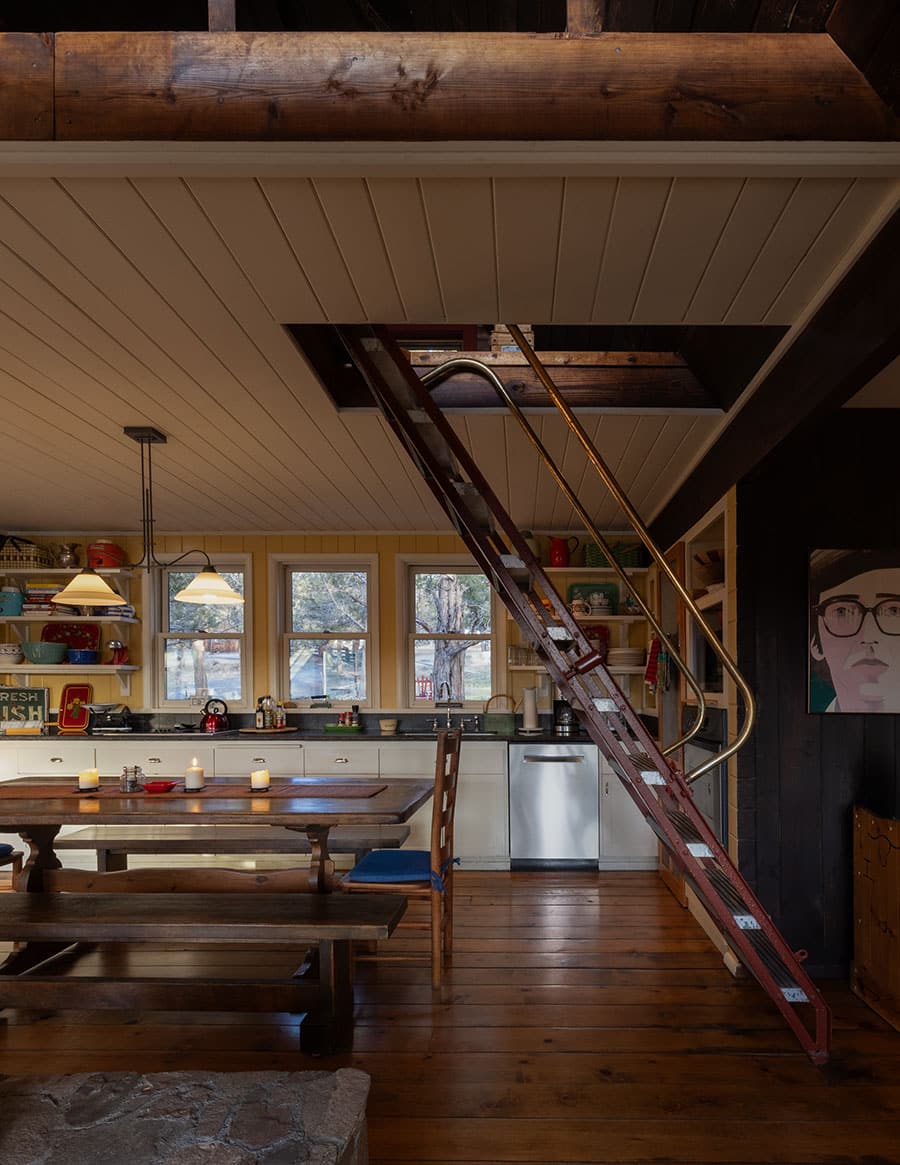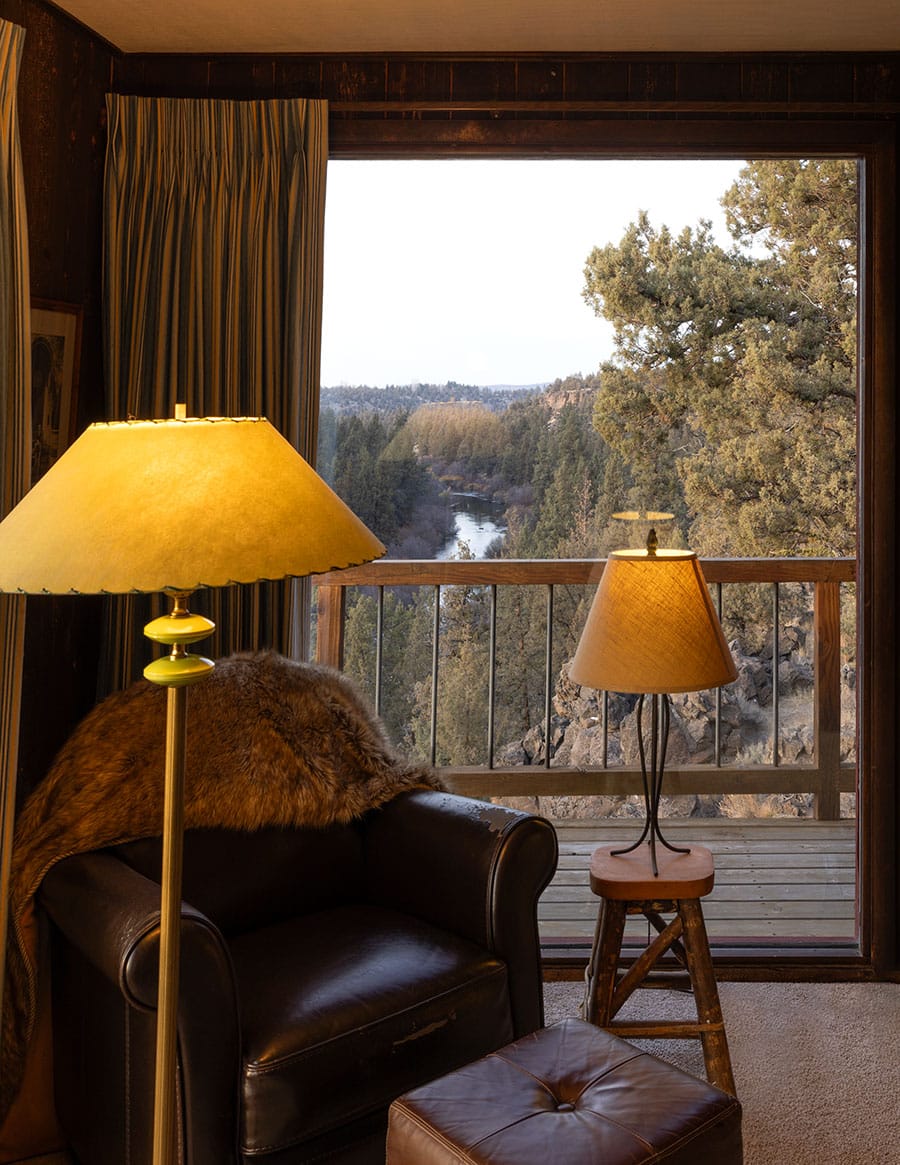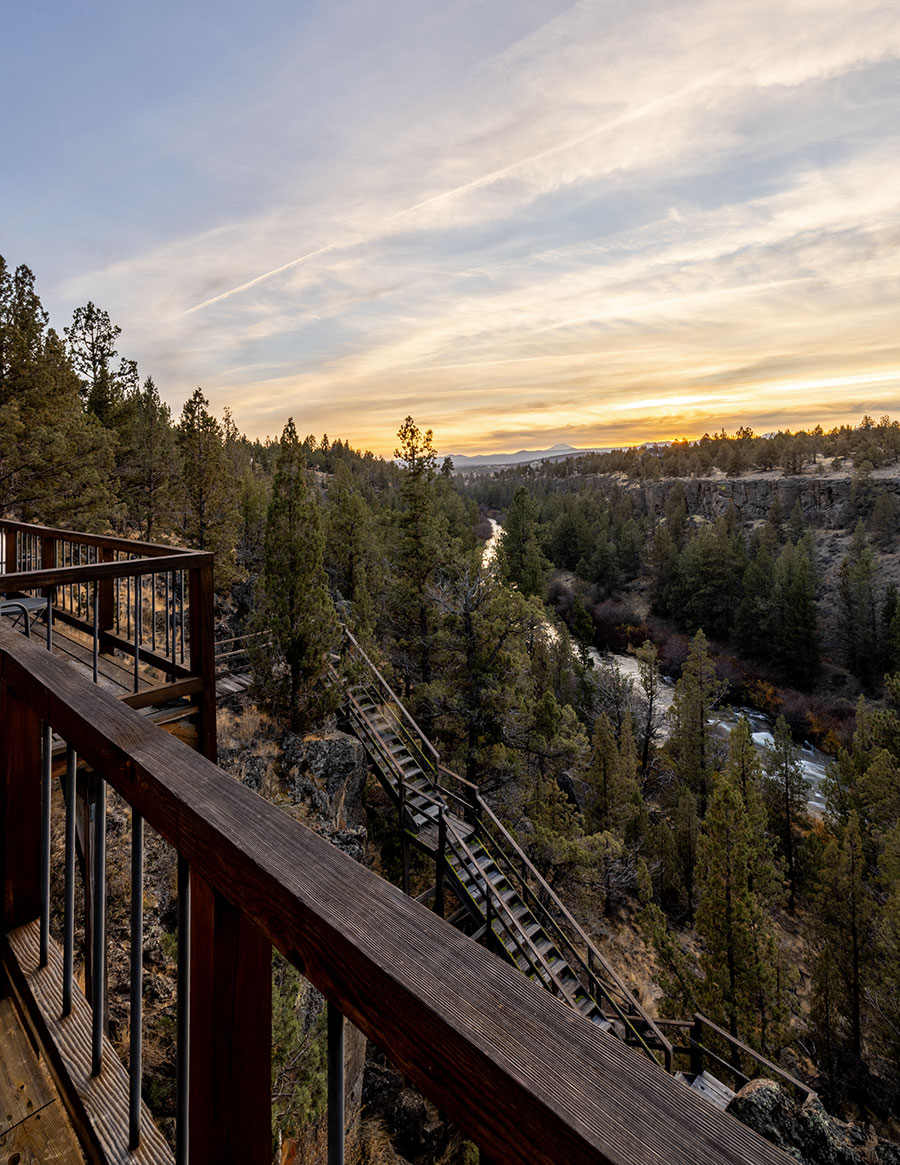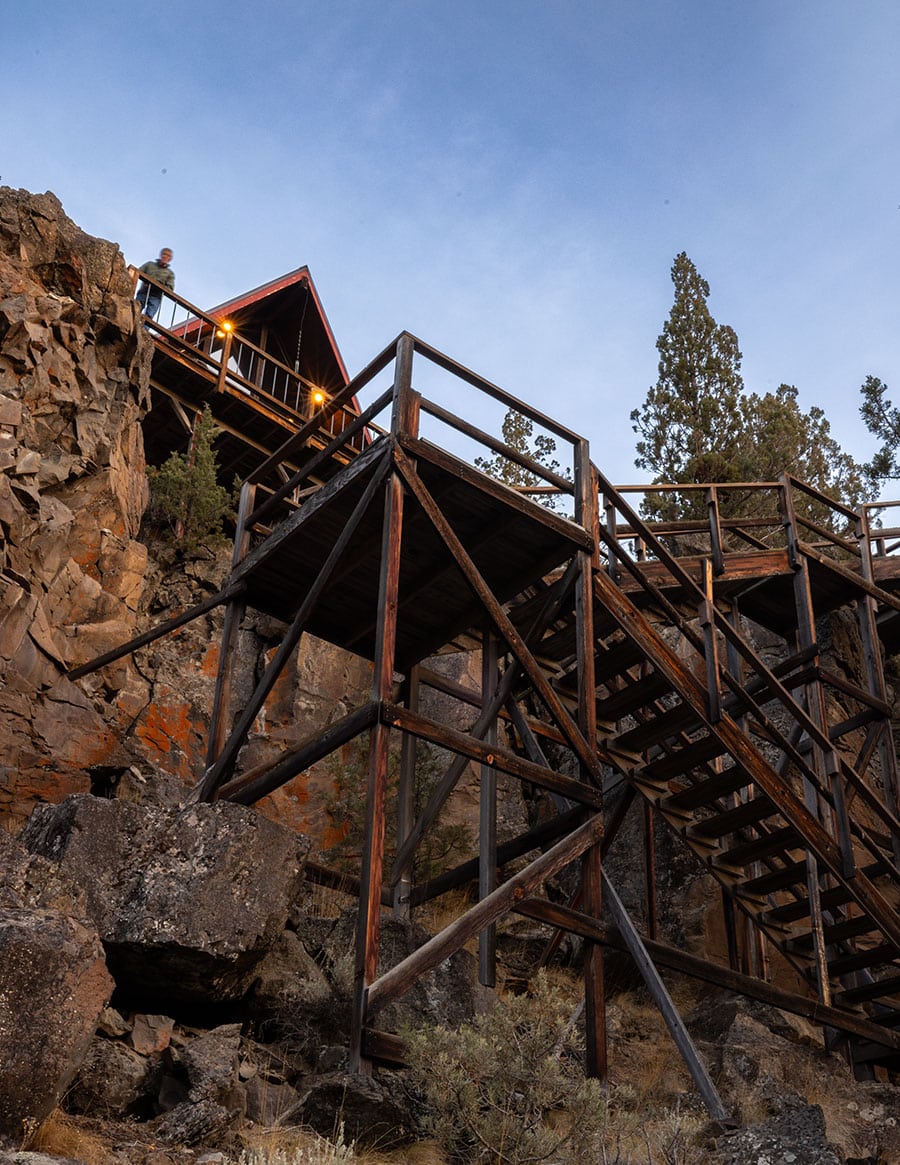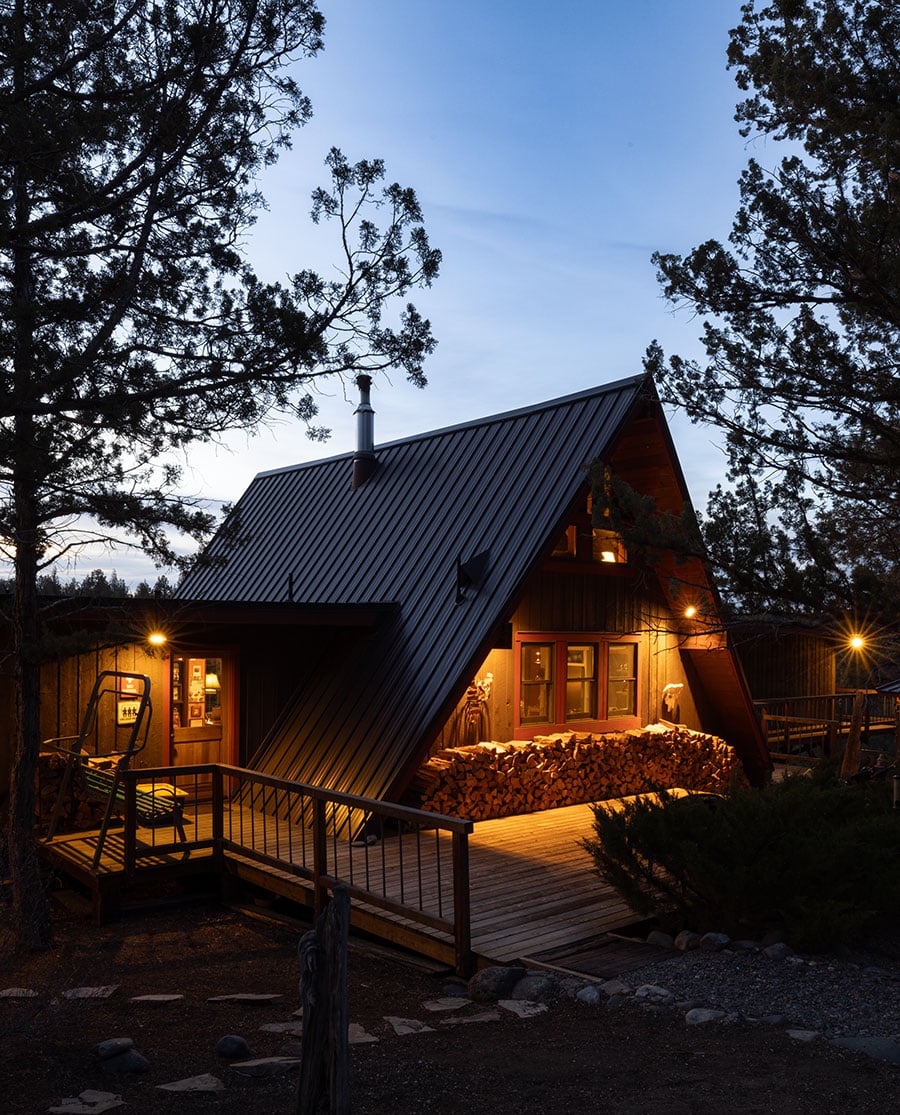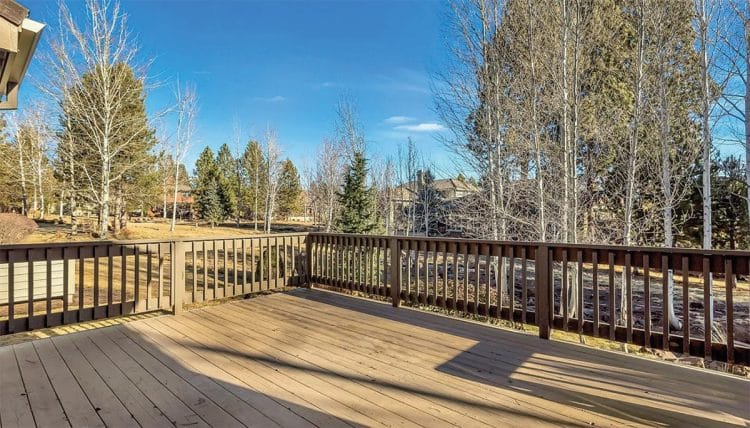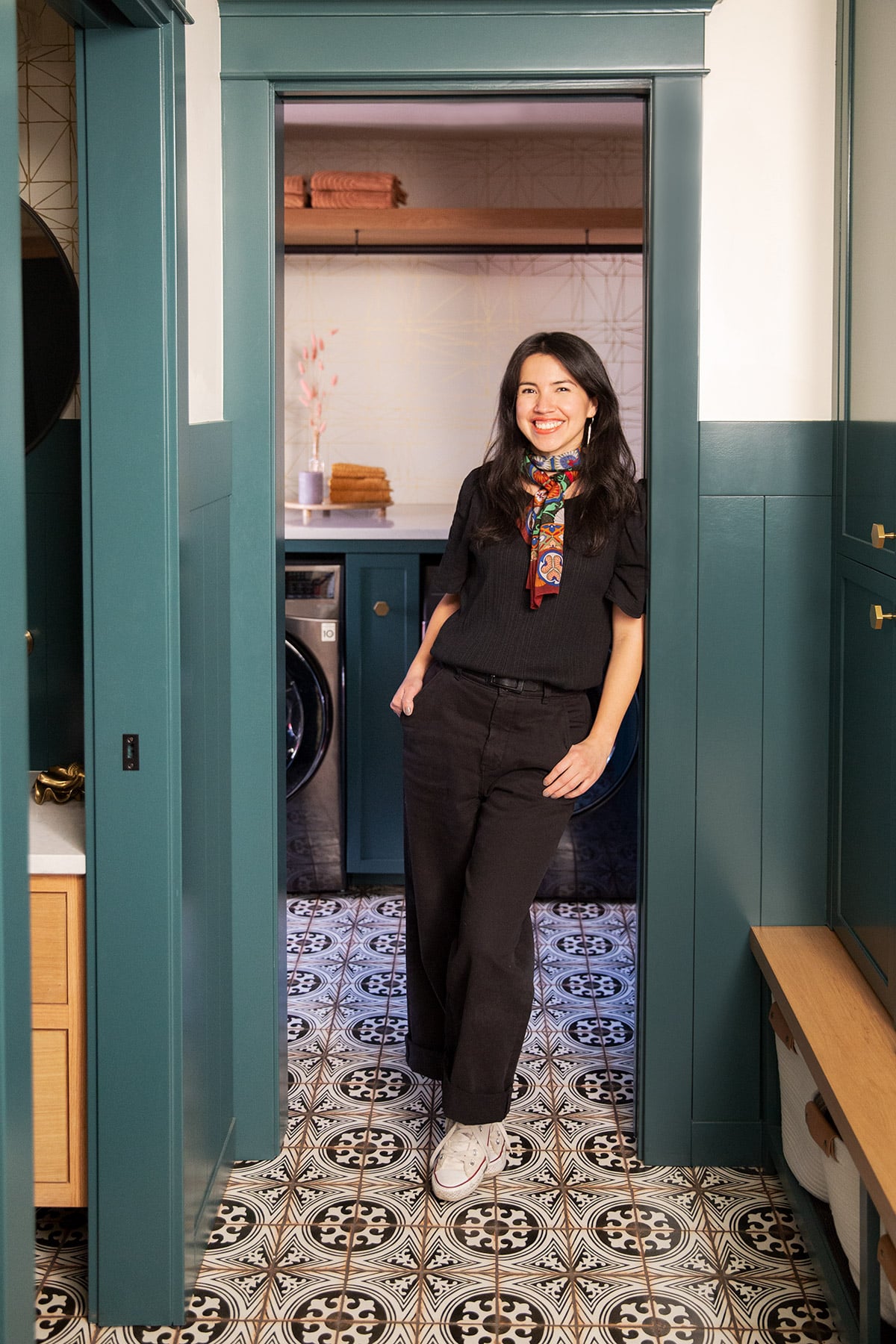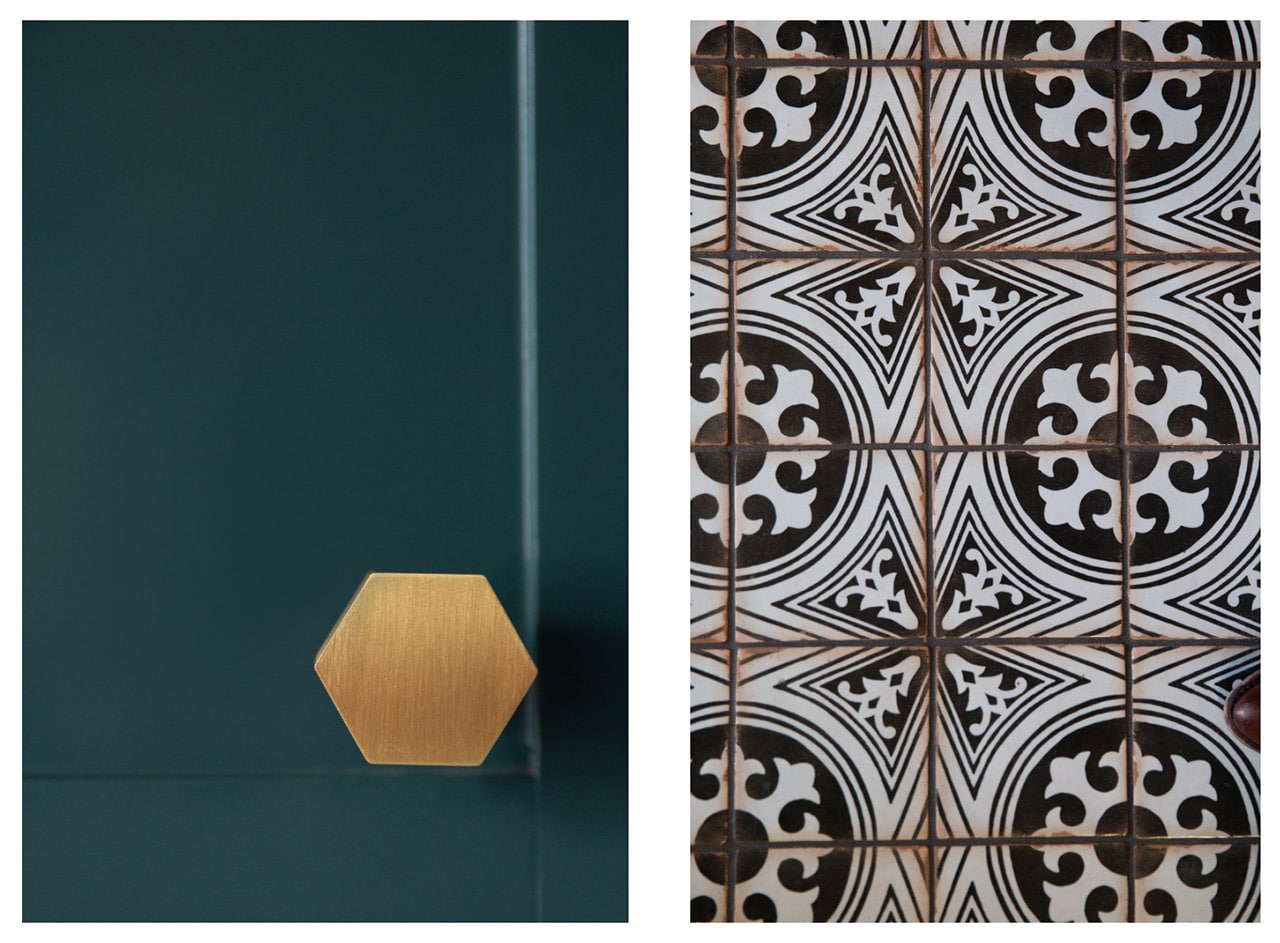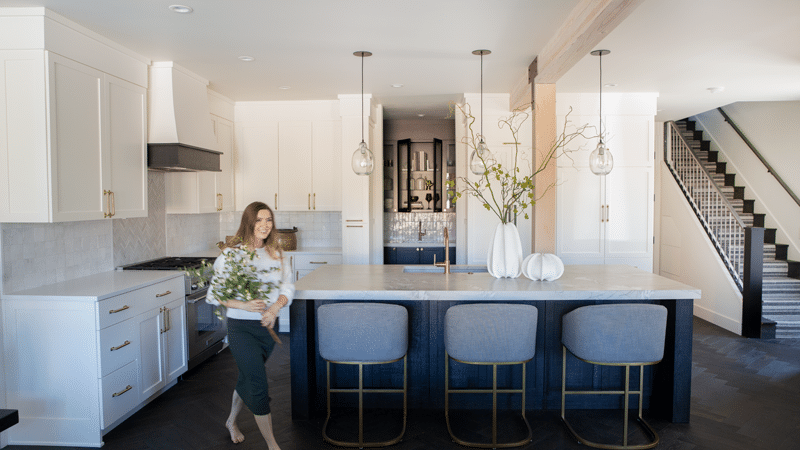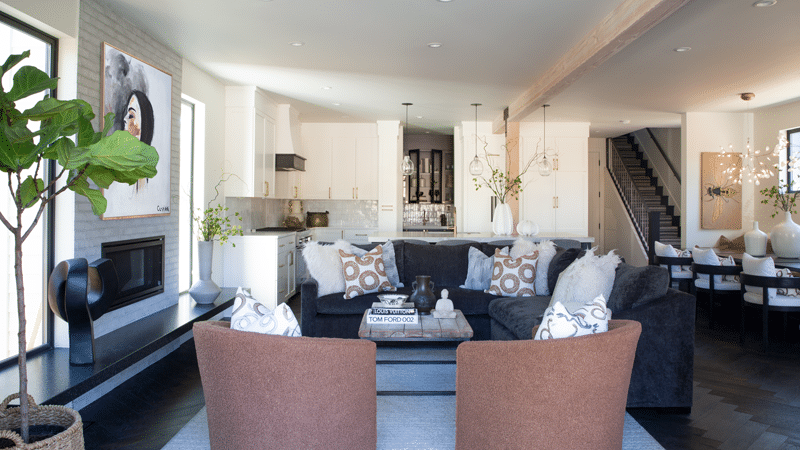The first homes at Black Butte Ranch have good bones — think midcentury elements such as exposed roof beams and cedar ceilings, but many need updating, and the spaces are tight by today’s standards. A desire for more space led the couple who owned a 1971 cabin, a vacation refuge for their family of four since 2015, on a significant renovation in 2021 to maintain a rustic cabin feel.
“They also wanted to bring it up to date, making it more functional and stylish, while still unique to them,” said architect Brandon Olin who took the house on the Big Meadow Golf Course down to the studs, expanding the footprint to add a primary bedroom, which allowed them to enlarge the living and kitchen areas.

One of Black Butte Ranch’s original homes gets a colorful and personality-filled renovation
The home was refinished inside and out. Olin suggested creating a detached garage and turning the existing garage into more living space. He added on to the front of the house to make the primary bedroom suite. He removed the loft in the main living area to create a great room that isn’t much bigger than the original footprint but feels larger due to a 16-foot-high vaulted ceiling and transom windows showcasing views of trees, the golf course and Black Butte beyond.
The homeowners entrusted designer Allison Clouser of Clouz Houz with interiors from concept to completion. Inspired by the color palette found in Black Butte and Sisters, from chartreuse yellows to deep greens, she worked closely with them to select everything from finishes to artwork and create interiors infused with warmth and personality.

Practical Yet Polished
It’s hard to believe the home’s kitchen was once a tiny galley kitchen with low ceilings. An extension of the main living room, the kitchen has painted cabinets and a large island clad with reclaimed planks in a dark stain and topped with durable quartz. The comfortable Denver Modern bar stools are the family’s preferred place to sit and dine when not entertaining. The green Bedrosians tile catches the light behind the range, which is surrounded by a butcher block countertop, bringing in warmth and rustic vibes. A small but mighty pantry conceals food and small appliances.
The living room furniture is comfortable and functional, a necessity with kids and family members coming in and out of the home. Clouser chose a performance-grade fabric for the sofa and covered the Kravet chairs in durable Pendleton wool. “It doesn’t feel too precious,” said Clouser.

When standing in the room, the eye can’t help but go to the blackened steel fireplace with a built-in shelf for stacking firewood and to the “candelier” above the dining table, a cascading light fixture designed by GLGR (Gallagher) out of Portland and made from beer cans the homeowners collected.
“They love pops of unexpected and whimsy, and they don’t want anything too serious, too stuffy,” said Clouser.


Grown-up Spaces
Olin kept the ceilings high even in the powder bath, which feels elevated yet cabinlike with a classic marble hex pattern floor and western-themed wallpaper by designer Max Humphrey. The primary suite has oak floors by Duchateau, a cedar ceiling to match the original ceilings in the home, black and white photography by Bend photographer Zack Fagin and a sliding glass door opening onto a hot tub and wrap-around patio.

Pops of color can be found throughout, such as the retro orange table lamps from Etsy in the guest bedroom. Beyond a sleek and stylish mud room, in what used to be the garage, lies a bunk room with an elegant built-in bunk bed.
A collaboration among the owners, Clouser and Olin ensured that adults are as comfortable sleeping in the bunkroom as children. It has four queen beds, sconces for reading and outlets for charging devices. Built-in cubbies offer a convenient place for guests to stash clothes and other items. The only room in the house that is carpeted, the bunk room can be a cozy kid area, a family suite or another guest bedroom. Comfortable cubes by BOBO Intriguing Objects add flair.

“We thought through every room. I’m proud that it lives really well,” said Clouser. It may not be the largest home in Black Butte Ranch, but every inch of the modern cabin in the woods is thought out and utilized.


Architect: Olin Architecture | Interior designer: Clouz Houz | Builder: Dyer Construction & Renovation


